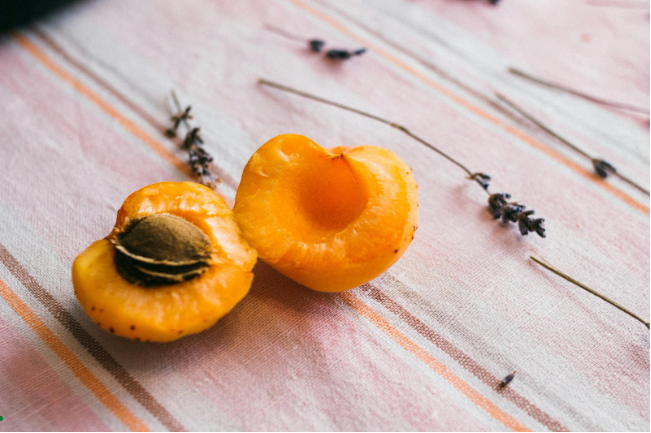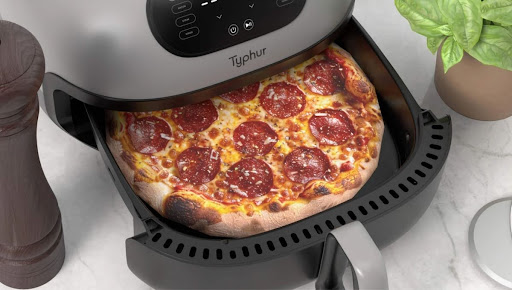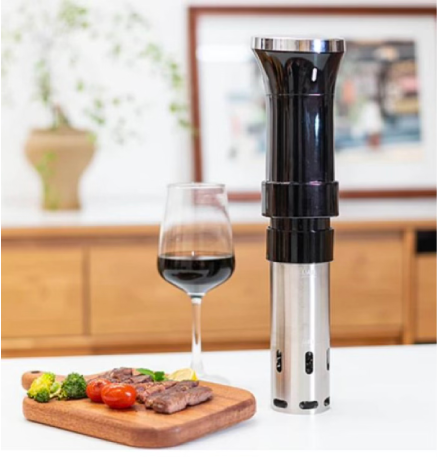Originating in the southern part of Italy, orecchiette means “little ears” in Italian. It is a distinctive pasta dish. The adaptability and deliciousness of this little ear-shaped pasta have made it popular not only in Italy but across the world. The cultural importance, health advantages, cooking methods, and origins of orecchiette will be explored in this article.
What is Orecchiette?
Orecc’hiette pasta is characterized by its small, concave shape resembling a tiny ear, which is where it derives its name. Traditionally made with durum wheat flour, water, and sometimes semolina, orecchiette has a chewy texture that allows it to hold sauces and ingredients well.
Origin of Orecchiette
Orecc’hiette pasta traces its origins to the Puglia region of southern Italy, particularly in the city of Bari. Historically, local women handcrafted this pasta using simple ingredients readily available in their households, such as flour and water. According to popular belief, the abundant agricultural production in the area served as inspiration for the orecchiette’s distinctive shape, which resembles small wheat ears.
Popular Varieties of Orecchiette
While the traditional orecc’hiette recipe remains prevalent, modern variations have emerged, incorporating ingredients like spinach, beetroot, or squid ink to add color and flavor. These variations offer a contemporary twist to the classic dish while retaining its essence.
Ingredients for Homemade Orecchiette
To make homemade orecc’hiette, you’ll need:
Durum wheat flour
Water
Salt (optional)
Steps to Prepare Orecchiette Dough
Begin by placing the flour on a clean surface and creating a well in the center.
Gradually add water to the well, mixing it with the flour until a dough forms.
Knead the dough until it becomes smooth and elastic, then let it rest for about 30 minutes.
Divide the dough into smaller portions and roll each portion into long ropes.
Cut the ropes into small pieces and use your thumb to press and roll each piece into a small ear shape.
Shaping Orecchiette Pasta
Shaping orecchiette requires patience and practice. Hold a small piece of dough against a wooden board and use your thumb to press down and shape it into a concave disc, resembling a tiny ear. Repeat this process with the remaining dough pieces until you have a batch of orecc’hiette ready for cooking.
Boiling Orecchiette
To cook orecc’hiette, bring a pot of salted water to a boil and add the pasta. Cook for about 8-10 minutes or until al dente, then drain.
Sauces That Pair Well With Orecchiette
Orecc’hiette pairs well with a variety of sauces, including:
Pesto
Tomato-based sauces
Creamy cheese sauces
Olive oil and garlic
Popular Orecchiette Recipes
Some popular Orecc’hiette recipes include:
orecc’hiette with broccoli rabe and sausage
IT with cherry tomatoes and basil
orecc’hiette with peas and pancetta
Nutritional Profile of Orecchiette
Orecc’hiette pasta is a good source of complex carbohydrates and protein, providing sustained energy. It also contains essential vitamins and minerals, including iron and B vitamins.
Orecchiette as a Source of Fiber
Being made from durum wheat, orecchiette pasta is high in dietary fiber, which aids digestion and promotes satiety.
Orecchiette in a Balanced Diet
When consumed in moderation as part of a balanced diet, orecc’hiette can contribute to overall health and well-being. Pairing it with nutrient-rich ingredients like vegetables and lean proteins enhances its nutritional value.
Traditional Orecchiette Dishes
In Italian cuisine, orecc’hiette is featured in various traditional dishes, such as:
orecc’hiette alle cime di rapa (with broccoli rabe)
It con le braciole (with meatballs)
orecc’hiette con le cime di rape e salsiccia (with broccoli rabe and sausage)
Regional Variations of Orecchiette
Different regions of Italy have their own unique twists on orecc’hiette dishes, showcasing the culinary diversity of the country. From Apulia to Sicily, each region adds its own flair to this beloved pasta.
Conclusion
With its wonderful blend of flavor, texture, and adaptability, orecchiette pasta exemplifies Italy’s illustrious culinary history. Pasta lovers everywhere can always count on orecc’hiette, whether it’s served in classic dishes or updated takes on the classic flavor.
FAQs
Is orecchiette gluten-free?
No, traditional orecc’hiette is made from durum wheat flour and is not gluten-free.
Can I freeze cooked orecchiettes?
While it’s possible, freezing may alter the texture of orecc’hiette. It’s best enjoyed fresh.
What’s the best sauce for orecchiette?
The best sauce depends on personal preference, but classics like tomato-based sauces or olive oil and garlic are popular choices.
How long does homemade orecc’hiette last?
Homemade orecc’hiette can be stored in an airtight container in the refrigerator for up to 3 days.
Can I use orecc’hiette in soup?
Yes, oreccc’hiette can be added to soups for added texture and flavor.












